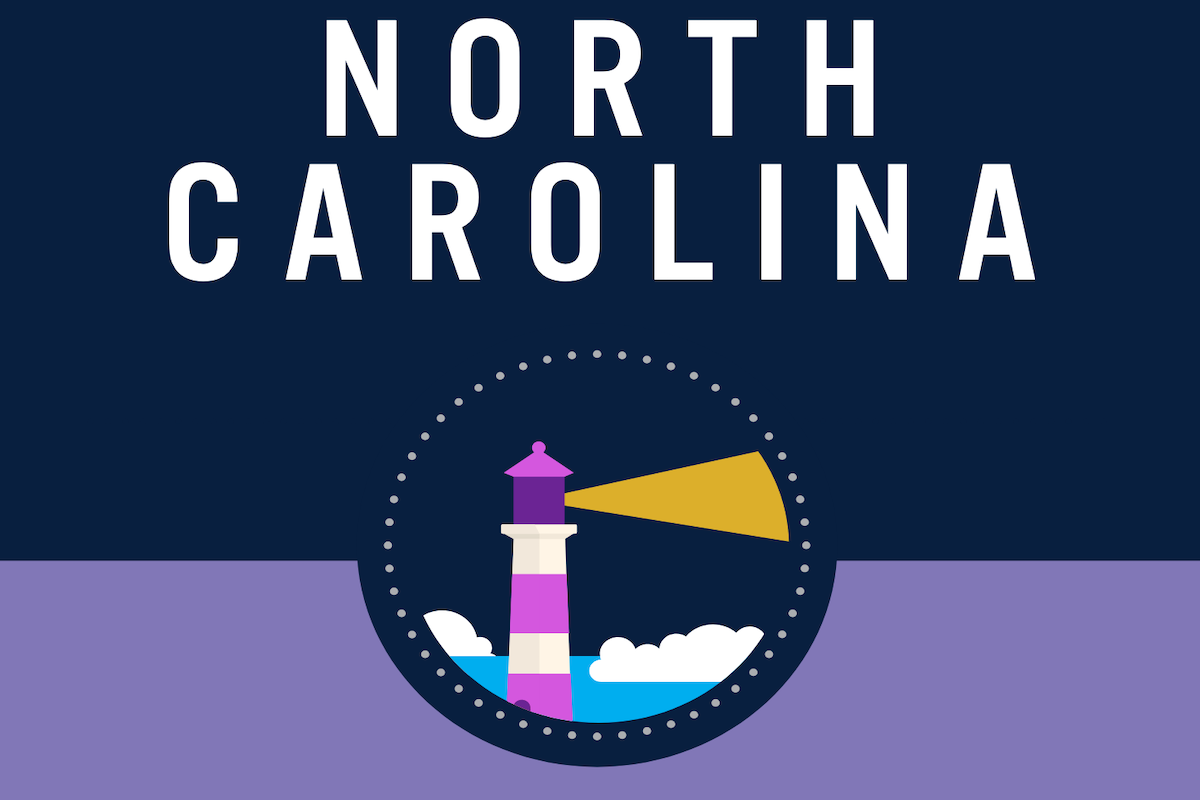

On Friday, the National Association of Latino Elected and Appointed Officials (NALEO) Educational Fund shared the following media release about Texas and the 2020 Election:
According to NALEO Educational Fund analysis, nearly 230,000 Latino voters will make their voices heard at the ballot box in 2020, an increase of 23 percent from Election 2016. Over the last decade, Latino turnout in North Carolina Presidential elections dramatically increased by 142 percent, from 77,000 in 2008 to 186,000 in 2016.
“We fully anticipate the Latino community will have a decisive say in what is widely considered to be a toss-up state this November,” stated Arturo Vargas, Chief Executive Officer of NALEO Educational Fund. “Looking to the future, the Tar Heel State has a young Latino population, and over the next few election cycles, we expect the makeup of North Carolina’s voters will increasingly reflect the state’s growing diversity.”
Key Characteristics of the Latino Electorate/Community in North Carolina:
- Population and Electorate Size
- North Carolina is home to nearly one million Latinos, who comprise 10 percent of the state’s total population (10.3 million).
- The nearly 180,000 Latino registered voters (as of February 2020) in North Carolina account for three percent of all registered voters in the state (5.8 million).
- Age
- Latino registered voters tend to be far younger than non-Latinos, with 18- to 24-year-olds comprising 29 percent of all registered Latinos in North Carolina, compared to only 11 percent of the same age group for non-Latino voters.
- Similarly, 23 percent of Latino registered voters are 25- to 34-year-olds, compared to 15 percent for non-Latinos, respectively.
- In contrast, over half (52 percent) of non-Latino registered voters are 50 and older, compared to just 24 percent of Latinos.
- Political Representation
- In 2019, four Latinos served in elected office in North Carolina, with all serving at the local level, including county, municipal, school board, judicial, and law enforcement officials.
- Between 1996 and 2019, the number of Latinos serving in elected office in North Carolina increased from one to four.
Between 2000 and 2010, North Carolina’s Latino community was one of the fastest-growing in the nation, with the population increasing by 111 percent. Between 2010 and 2018, the rate of growth was slower, but there was a relatively robust increase in the Latino population from 804,826 to 995,529, with Latinos accounting for 22 percent of the state’s overall growth. According to 2018 Census data, Latinos were one of every 10 North Carolinians (10 percent) that year.
North Carolina’s Latino community is somewhat more heavily immigrant than many of the Latino communities of states which are the traditional centers of Latino population concentration, such as California, Colorado, New Mexico, or Texas. Foreign-born Latinos comprise 39 percent of North Carolina’s Latino community. However, 94 percent of North Carolina’s Latino youth (under 18) are native-born, and represent 16 percent of the state’s youth population. These young Latinos will be a significant portion of the state’s future electorate.
In 2000 and 2004, North Carolina voters favored President George W. Bush (R), with Bush winning decisively in both contests. In 2008, then-candidate Barack Obama (D) targeted the state and won the election with the narrowest of margins, garnering a mere 14,177 more votes than U.S. Senator John McCain (R). The 2012 election was another close race in the state, with Governor Mitt Romney (R) emerging victorious over President Obama with a two percent margin of victory. While Donald Trump’s (R) 2016 margin of victory over Hillary Clinton (D) was a bit wider (four percent), political observers believe North Carolina’s 2020 Presidential contest will continue to be a “toss-up” race, with both parties heavily targeting the state’s voters.
As North Carolina has seen three close Presidential contests since 2008, it has taken shape as another battleground state, further highlighting how every vote will matter for the outcome of Election 2020.
Ahead of Super Tuesday and in the lead up to Election 2020, NALEO Educational Fund will continue its efforts to ensure that Latino voters in North Carolina and nationwide have the necessary information to make their voices heard at the ballot box. These efforts include operating the NALEO Educational Fund toll-free bilingual election protection hotline 1-888-VE-Y-VOTA (1-888-839-8682), providing vital information on every aspect of the electoral process, from registering to vote, to voter ID requirements, to finding polling places on Election Day.


